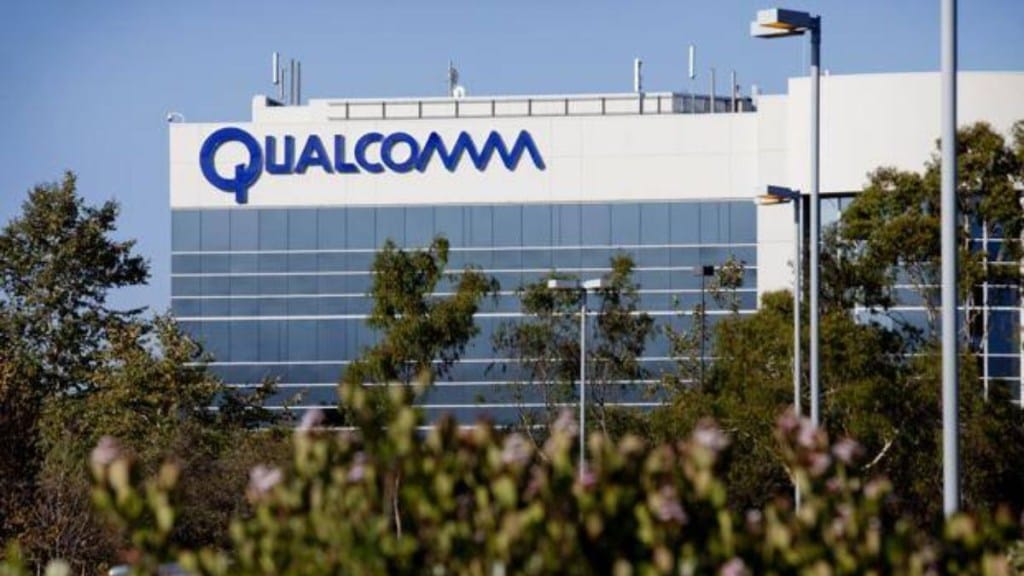Qualcomm Technologies has joined forces with the Indian Space Research Organisation (ISRO) to announce a groundbreaking initiative. They are set to introduce support for India’s Navigation with Indian Constellation (NavIC) navigation satellite system’s recently launched L1 signals. This collaboration is poised to have a profound impact on select chipset platforms within Qualcomm Technologies’ upcoming portfolio.
The primary goal of this collaboration is to expedite the adoption of NavIC and enhance geolocation capabilities across various domains such as mobile, automotive, and the Internet of Things (IoT). The collaboration leverages Qualcomm Technologies’ pioneering advancements in location-based position technology, specifically in the Qualcomm® Location Suite.
One notable aspect of this collaboration is that Qualcomm Technologies’ Location Suite will now extend support to up to seven satellite constellations concurrently. This includes comprehensive support for all of NavIC’s L1 and L5 signals. The incorporation of these signals is anticipated to bring about significant improvements in location performance, reduce time-to-first-fix (TTFF) for position acquisition, and enhance the overall robustness of location-based services.
Francesco Grilli, Vice President of Product Management at Qualcomm Technologies, expressed enthusiasm about reinforcing their commitment to India. He highlighted the collaborative efforts with ISRO to accelerate the adoption of NavIC and pave the way for advanced geolocation applications utilizing the latest NavIC technologies.
Savi Soin, President of Qualcomm India, emphasized the company’s strategic focus on establishing long-term partnerships within the Indian industry. The aim is to leverage Qualcomm’s extensive engineering expertise and cutting-edge technologies to drive India-centric innovations across multiple sectors, including smartphones, IoT, and automotive.
Manish Saxena, Director at ISRO Headquarters, commended Qualcomm Technologies for its role in supporting NavIC L1 signals in upcoming mobile platforms. He emphasized the significance of NavIC as a crucial step toward utilizing space technology for national development and appreciated Qualcomm’s contribution to accelerating its adoption.
Looking ahead, Qualcomm Technologies plans to introduce additional support for NavIC L1 signals in select chipset platforms starting in the second half of 2024. Commercial devices equipped with support for NavIC L1 signals are expected to hit the market in the first half of 2025. The company aims to showcase this support for the newly launched NavIC L1 signals at its Qualcomm Innovation Forum event in Bengaluru scheduled for mid-December 2023.
In conclusion, the collaboration between Qualcomm Technologies and ISRO marks a significant milestone in advancing geolocation capabilities and fostering innovation in India’s technology landscape. The integration of NavIC signals into Qualcomm’s chipset platforms is poised to open up new possibilities and enhance the user experience across diverse applications.

